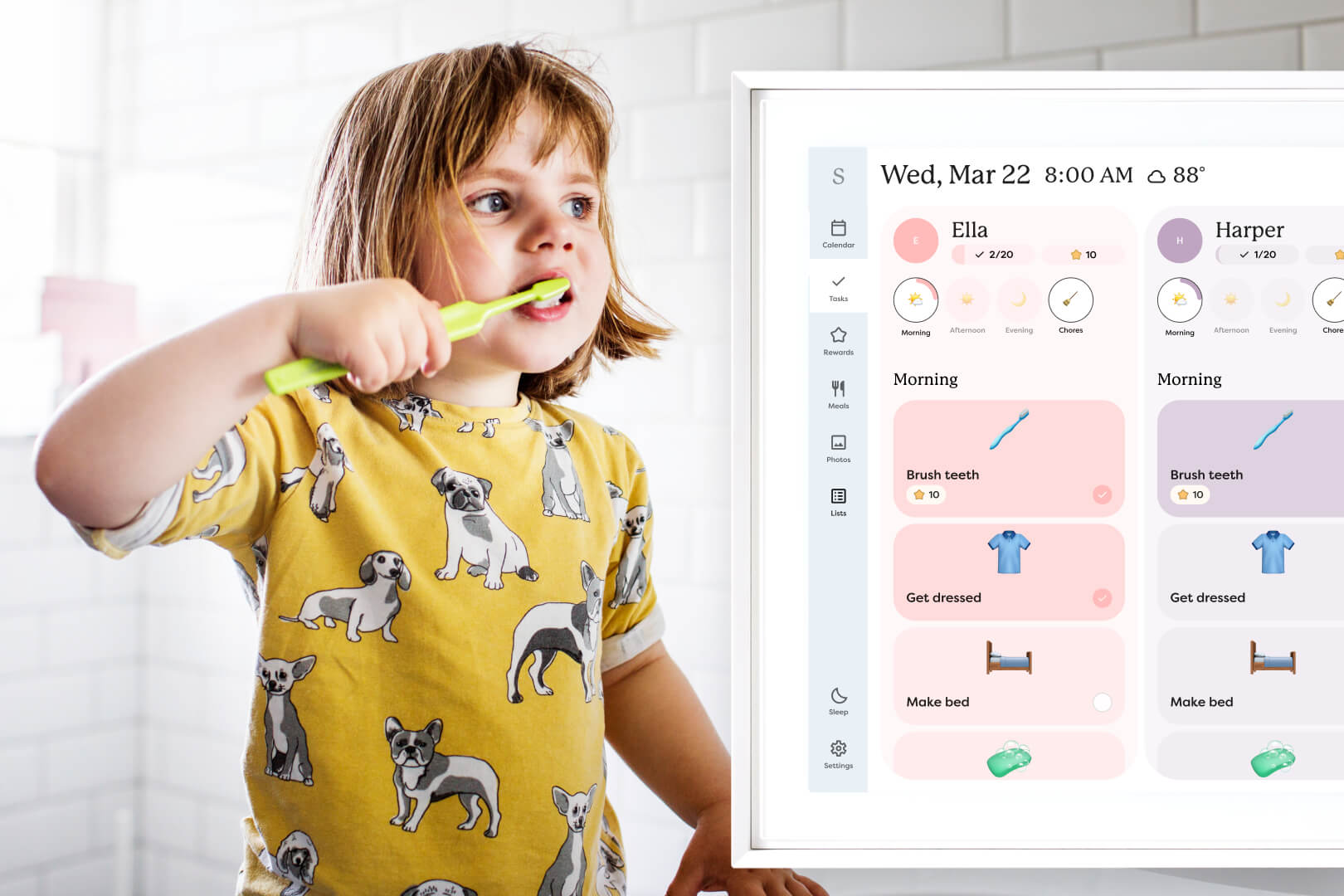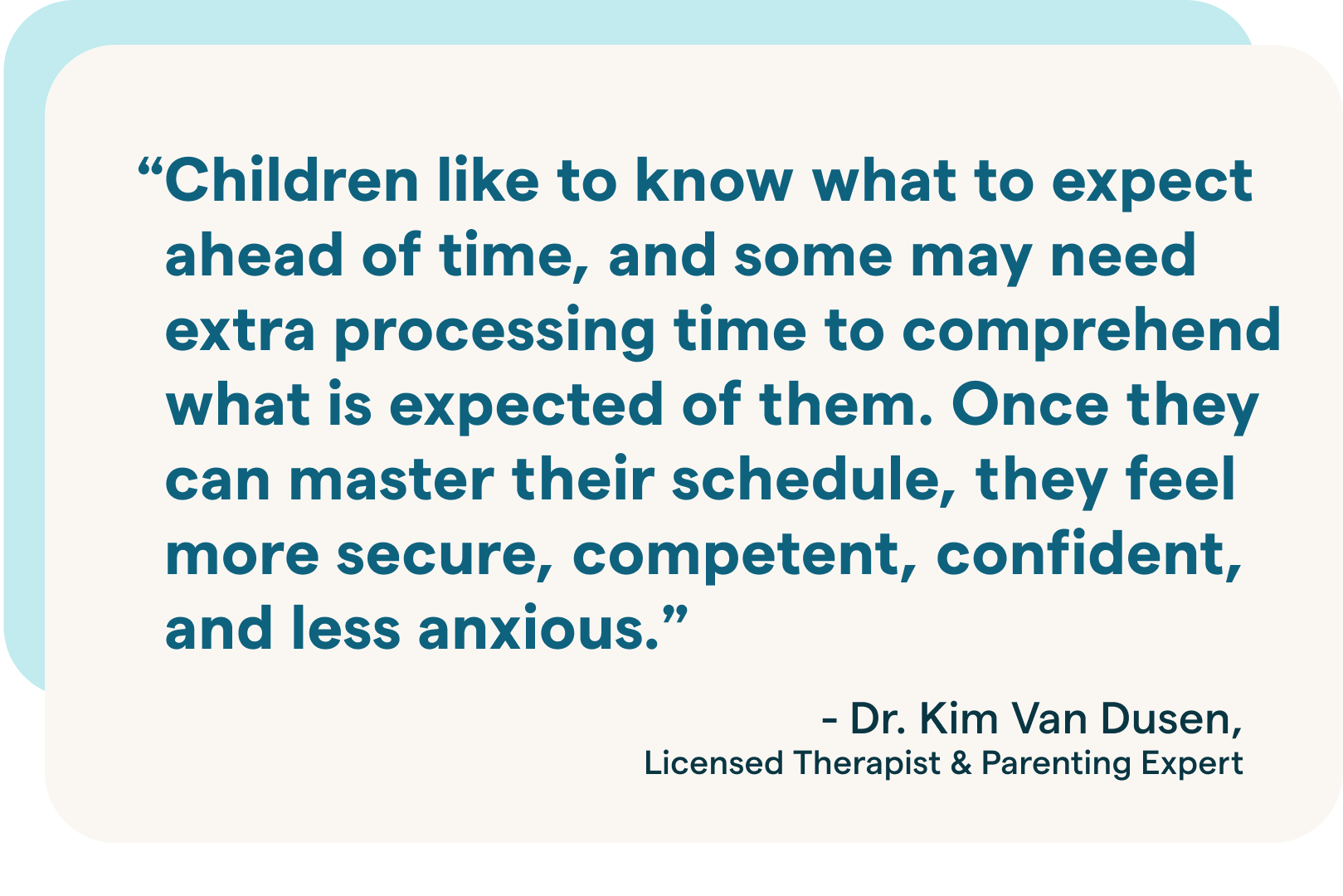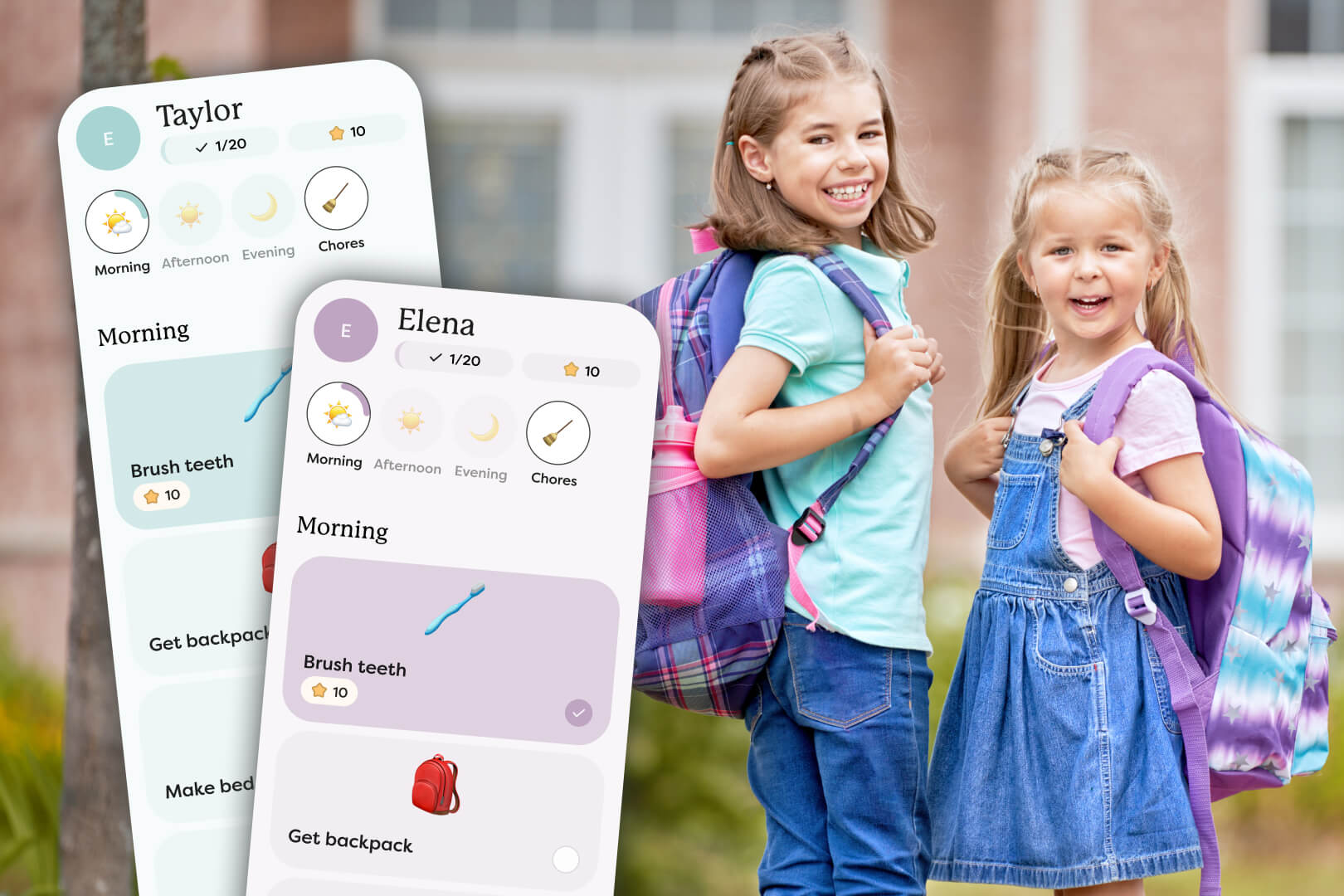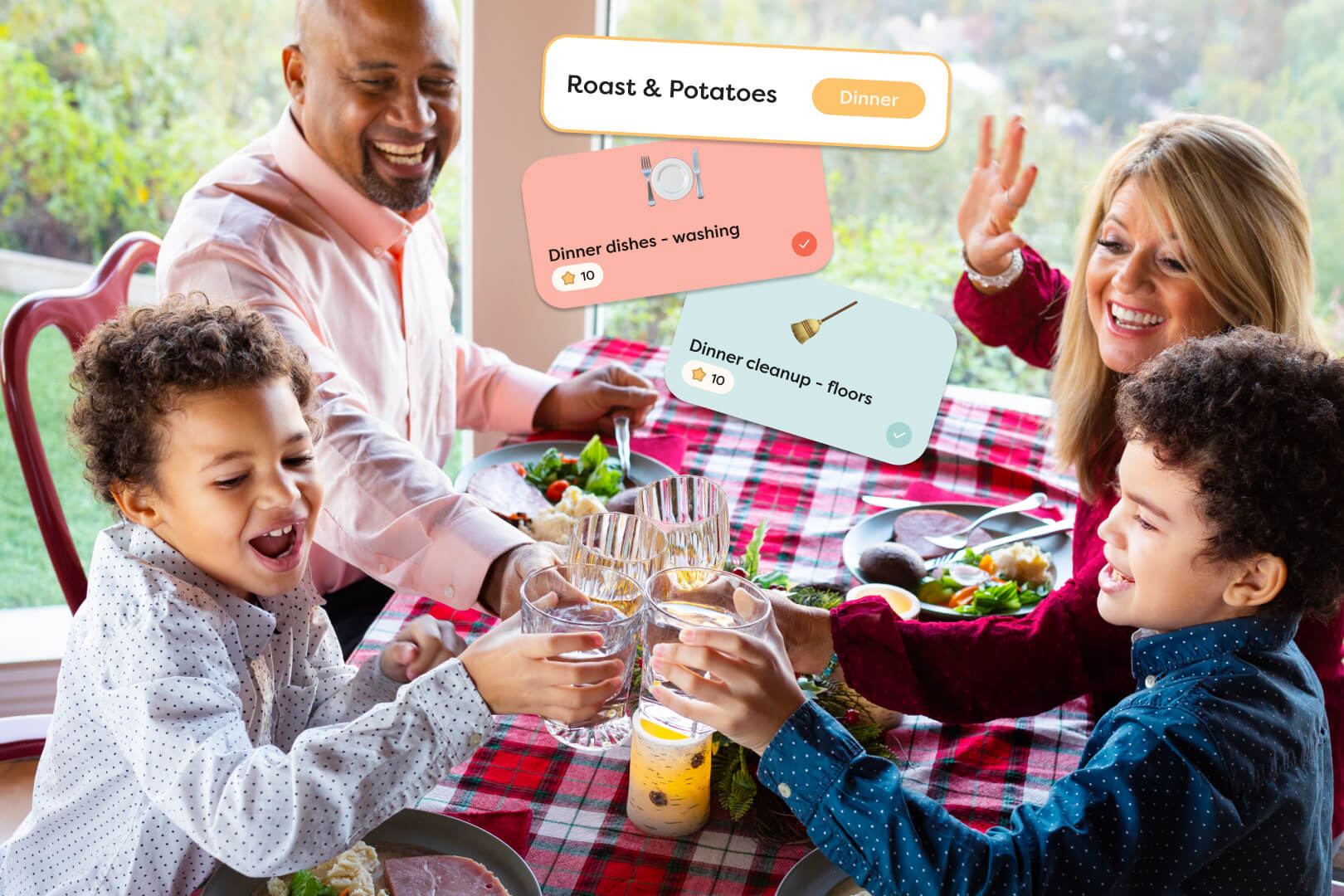The Best Daily Routine for Kids

Why Routines Matter for Kids
If you’ve ever tried to get your kids out the door on a school morning, you know how quickly chaos can take over. Between brushing teeth, finding shoes, and making sure homework made it into the backpack, mornings can feel like a small-scale Olympics.
Here’s the good news: kids actually want structure. According to Dr. Kim Van Dusen, licensed therapist and parenting expert, predictable routines are key to helping children feel safe and confident.
“Children like to know what to expect ahead of time, and some may need extra processing time to comprehend what is expected of them. Once they can master their schedule, they feel more secure, competent, confident, and less anxious.” - Dr. Kim Van Dusen, licensed therapist and parenting expert
Routines aren’t about being rigid, they’re about giving kids the scaffolding they need so they can relax into play, learning, and family time without so many surprises.
Related: How to Manage Chores and Family Tasks with Skylight Calendar

How to Build Flexible Routines
Of course, life isn’t always predictable. Dr. Kim points out that flexibility is just as important as structure:
“We also want children to learn how to be flexible, and not too rigid, because life can change, even if we don’t plan for it. And this is also a great life lesson to learn.”
The key is balance. Anchor the day with fixed points (wake-up, meals, bedtime), but allow wiggle room for changes. If a schedule shift is coming up, Dr. Kim recommends:
-
Communicate early. Tell your child as soon as possible.
-
Give them space. Let them share disappointment or frustration.
-
Teach coping skills. Show them how to adapt to change with tools like deep breaths, countdowns, or alternative plans.

Routines by Age and Stage
Every child is different, but here are some ideas for tailoring routines to fit:
Toddlers & Preschoolers
-
Visual cues like pictures or color-coded calendars help little ones follow along.
-
Keep steps simple: breakfast, brush teeth, get dressed, play.
Elementary School Kids
-
Kids this age love independence. Give them a checklist they can manage themselves.
-
Add “ownership moments,” like being in charge of packing their own snack or laying out clothes the night before.
Tweens & Teens
-
Invite them into the planning. Ask: “What do you need to feel ready in the morning?”
-
Balance structure (homework time, bedtime) with flexibility (hangouts, creative projects).
Related: Best Chores by Age: What Kids Can Do (and Actually Stick To)
Back-to-School: The Best Time to Reset Routines
Summer tends to throw structure out the window—late bedtimes, flexible mornings, and spontaneous adventures. But when school starts back up, kids need help finding their rhythm again.
Tips for a smoother back-to-school reset:
-
Start small: Reinstate bedtime and morning anchors a week before school begins.
-
Do a family check-in: Sit down with your kids and walk through the new schedule together.
-
Make it visual: A family calendar in the kitchen helps everyone see the shift from summer freedom to school structure.
-
Build in fun: Balance school routines with simple rituals (Friday pizza night, weekend park trips) so kids have things to look forward to.

How a Family Calendar Can Help
Even with the best intentions, routines can fall apart when the whole family isn’t on the same page. That’s where a family digital calendar like Skylight makes a big difference.
Instead of one parent being the “default manager,” Skylight puts everything, like school drop-offs, soccer games, bedtime routines, in one shared hub the whole family can see. Kids know what’s coming up, parents divide responsibilities more easily, and routines turn into a team effort.
Parents tell us they love:
-
Fewer “Wait, that’s today?” moments
-
Kids gaining independence by checking their own schedules
-
Less stress at transition times (like mornings or bedtimes)
Related: Everything You Need to Know About Digital Calendars
Final Word: Security and Flexibility Go Hand in Hand
At the end of the day, the best routine is one that gives your child confidence and keeps your family in sync. Think predictability with a dash of wiggle room.
As Dr. Kim notes:
“Make room for error, and if a change in the routine occurs, try to tell your child as soon as you can, and provide them with emotional space to share their disappointments and frustrations, and also provide them with coping skills on how to adapt and overcome the change.”
Special Thanks To…
Dr. Kim Van Dusen, a Licensed Marriage and Family Therapist, Registered Play Therapist, and the creator of The Parentologist, where she shares parenting tips with a therapeutic twist. Find Dr. Kim:
